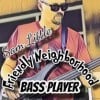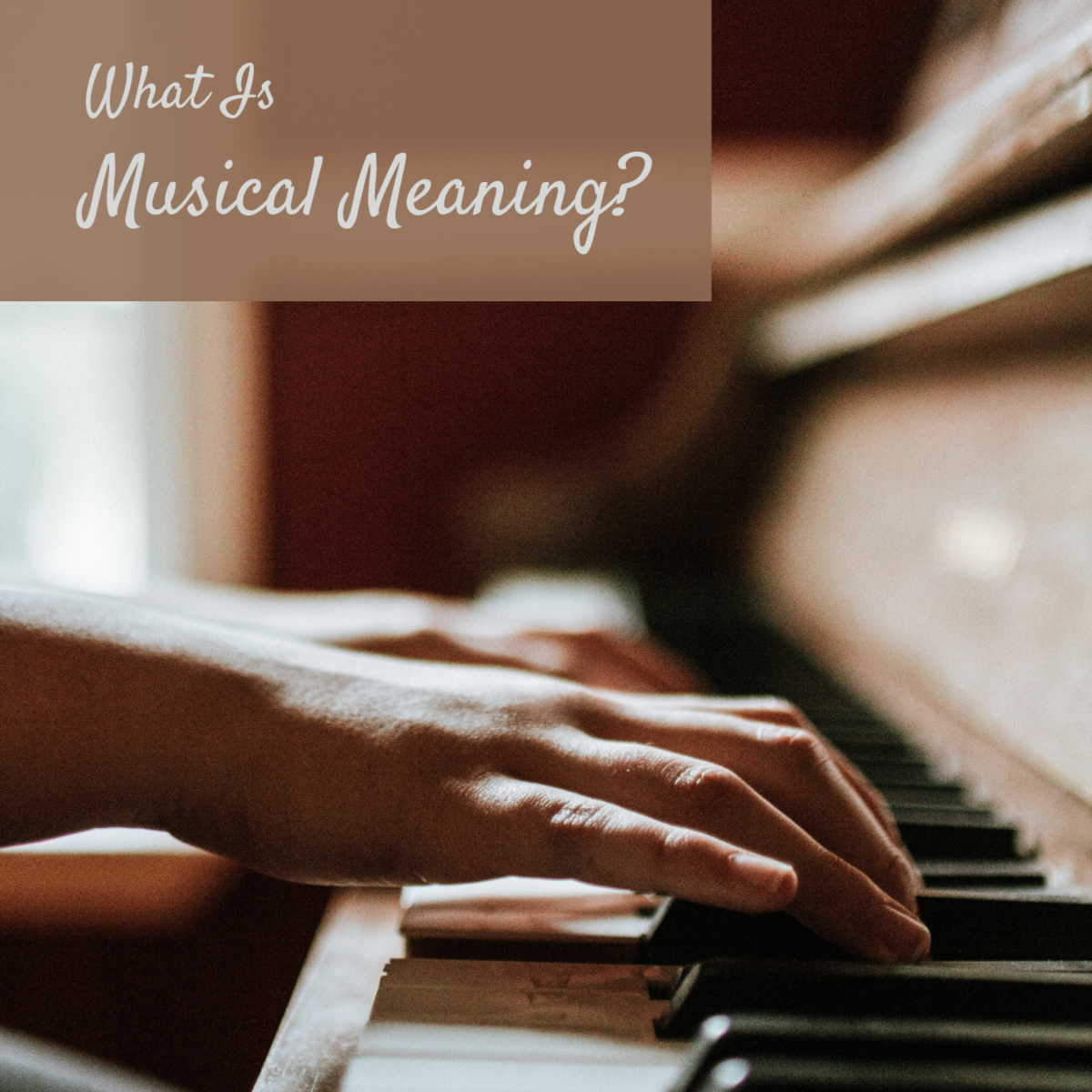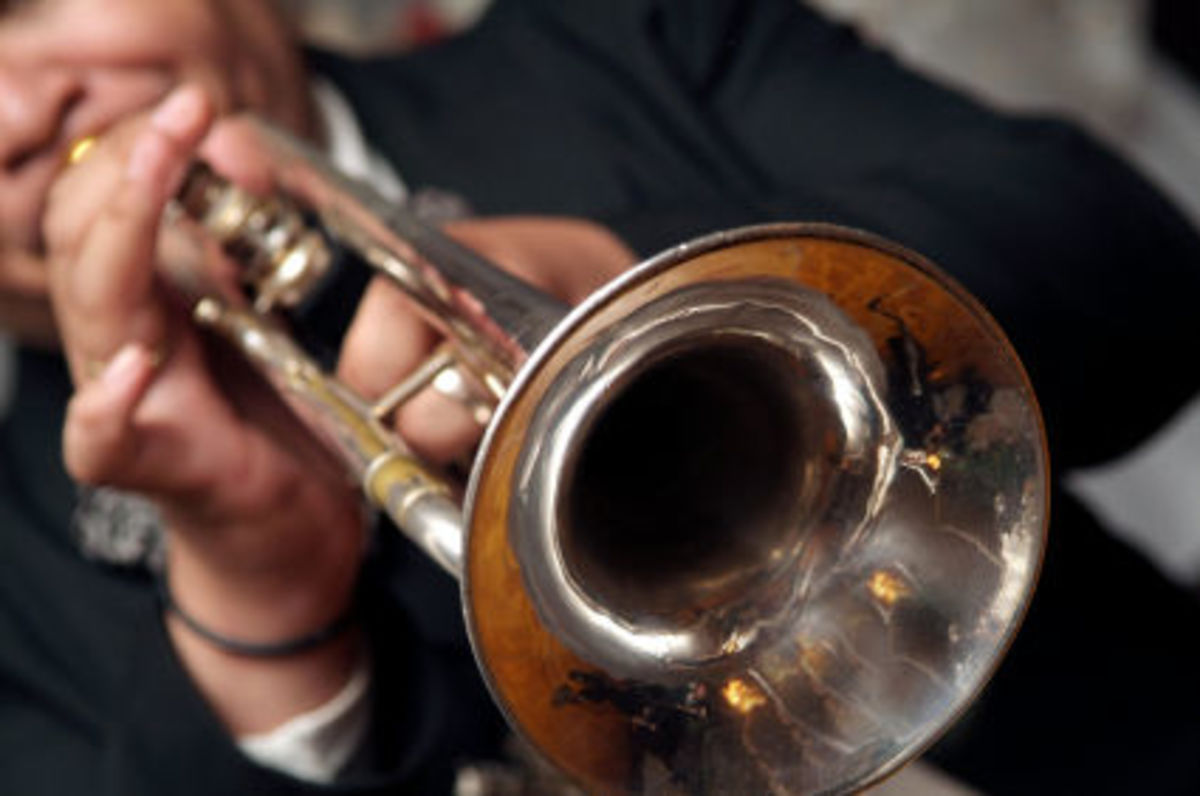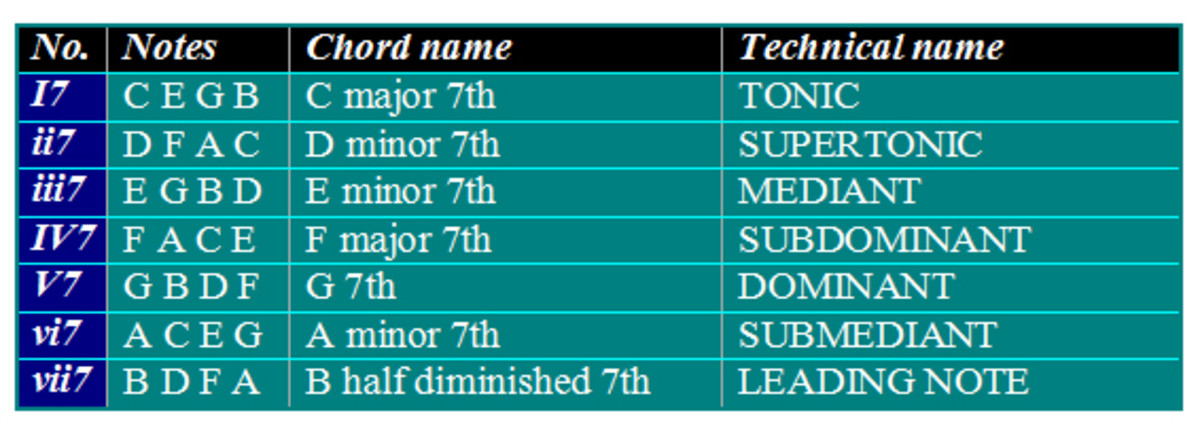Understanding Modes
This is true!
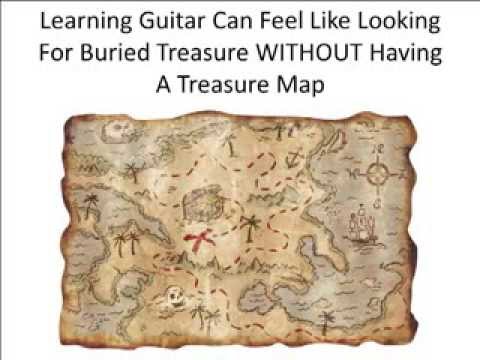
In the beggining
In the world of music theory and composition the modes stand as one of the most useful yet underused tools we have at our disposal. When we set out to get from one musical starting point to a set musical destinationthe modes can act as definitive road markers. The modes give us more paint in our palette to create a better more vivid musical portrait.
Sadly most musicians look at the modes in terms of complexity and it is that lack of knowledge that strays them away from using them to color their music. With simple practice however you can actually utilize the modes with great ease and understanding that will allow you to pull from them when needed to complete your musical arrangements and to really add more depth to your playing. For these studies I will use modes based around the starting point of C major. As you may know C major is unique in the world of scaled as it exist without any sharps or flats. This means C major is basically C-D-E-F-G-A-B-C.
The key to understanding modes is to know that each mode is simply a new starting point to a pre-existing scale. The most simple way to show this is to look at the Ionian mode, also known as major.
Modes are keys to open new musical doors

Meet The Modes
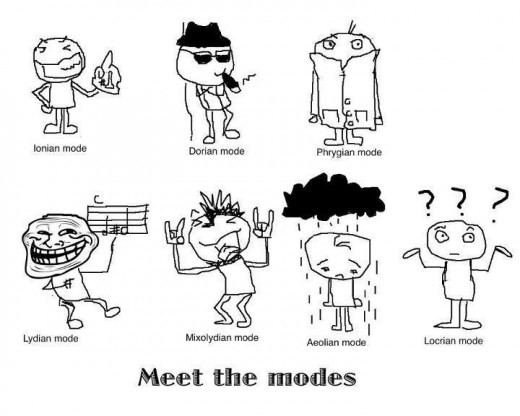
The Modes
Ionian Mode
We will start with the root note C. We will use what I call a musical recipe to form these modes. Each mode has it's own unique recipe that defines which tones will be played at which intervals. In these recipes the letter H will dictate a half step, while the letter W is a whole step. For Ionian we use the recipe W-W-H-W-W-W-H to form our mode. This scale or mode is often associated with what we refer to as the singer's scale. do-re-mi-fa-so-la-ti-do. This scale should be very familiar to you because it is the major scale and the primary basis for most of the music we hear today.
Ionian is the first mode in our series and should be the one we are most accustomed to.
Dorian Mode
Very common to folk and bluesthe Dorian mode is the second mode. It has a very bittersweet sound to it. This is why it tends to lend itself well to folk and blues compositions. The main feature that makes Dorian so useful is the final note does not seem to resolve itself. The Dorian mode derives from the second tone of the major scale. In our case we are using D Dorian, taking the second tone of the C major scale which is of course D.
Dorian uses the recipe W-H-W-W-W-H-W to form it's inner workings. This means D-E-F-G-A-B-C-D. Dorian has a very distinct sound and is one of the more popular modes to use. It can be heard in a great deal of Miles Davis' songs. In fact I have a great memory of playing the Davis classic So What and walking that D Dorian straight down the line. It is a very good way to move around the neck and get that classic blues sound in a different way.
Phrygian Mode
The next mode is Phrygian. This mode adapts very well to the major scale or Ionian mode as we have called it. If you choose to play the phyrigian mode over a major scale you will see a very interesting contrast in tones and sounds. We create phrygian using the third tome of the scale. For C major that means we are using the E.
Our recipe is H-W-W-W-H-W-W. Basically E-F-G-A-B-C-D-E. A great deal of guitarist find this mode to be almost as useful as the minor scale. You get the same level of versatility without the sad overtones of the minor scale. Phrygian is one of the modes that we hear a great deal of in slow jazz tunes that seek to capture that inner sorrow of the notes.
Lydian Mode
The Lydian mode is basically the Ionian mode in an opposite format. The intervals come off as surprising and alarmingly entertaining. If your piece explores a mix of major and minor chords than Lydian may very well be the mode you are looking for. The mode comes from the 4th tone of the scale. In our line we will use F, the 4th tone of C major.
Our recipe is is W-W-W-H-W-W-H. So we are looking at F-G-A-B-C-D-E-F.
Lydian really lends well to rock applications and guitarist love to solo using it as the guideline.
Soloing using modes
Break Time
Before we move on I thought we could use a little break. Maybe you could get a snack, and bring me back a nice cold soda and a sandwich, Ok so I may be pushing it. I wanted to express that each mode must be looked at in and of itself and they each have a tactical use.
Moving on
Mixolydian Mode
Very similar to the lydian mode, the mixolydian mode has a major feel with minor intervals. We derive the mode from the 5th tone. As we know the 5th tone of C major is G. Our recipe for this is W-W-H-W-W-H-W or G-A-B-C-D-E-F-G.
Mixolydian is very widely used in music that has a mixture of major and minor chord changes. It lends well to solo applications and is very easy to move around with. One aspect of mixolydian that fuels a lot of players to use it is the ease of traversing the notes and the adaptability that it has for use with various chords.
Aolian Mode
Aolian is often called the minor key or relative minor. This is what we call the minor scale. It is interesting to note that aolian is used in a great deal of blues songsthat want to capture a sorrowful sound. One rather famous comment about aolian is that if Dorian is a reflection of melancholy than aolian is a reflection of despair. The recipe here is W-H-W-W-H-W-W, or since this mode takes it’s lead from the 6th tone of the scale we have A-B-C-D-E-F-G-A.
Our last mode is the Locrian Mode. Locrian is often called the theatrical mode. This is because many music scholars fail to see it as a stable mode. It tends to leave the listener dissatisfied with what they have just heard. Locrian derives from the 7th tone of the scale so we have the note B. The recipe for this mode is H-W-W-H-W-W-W, So what we have B-C-D-E-F-G-A-B.
My friend and former band teacher Allan Robinson
Conclusion
Now you can form your modes. Using these recipes you have the basis to create an entire army of modal progressions and use them to color your musical portrait. Modes should be practiced like scales are, and each should be stored in your musical arsenal for later use. Knowing the modes will make you a better player and a much better song writer in the long run. Until next time live long and jam!
